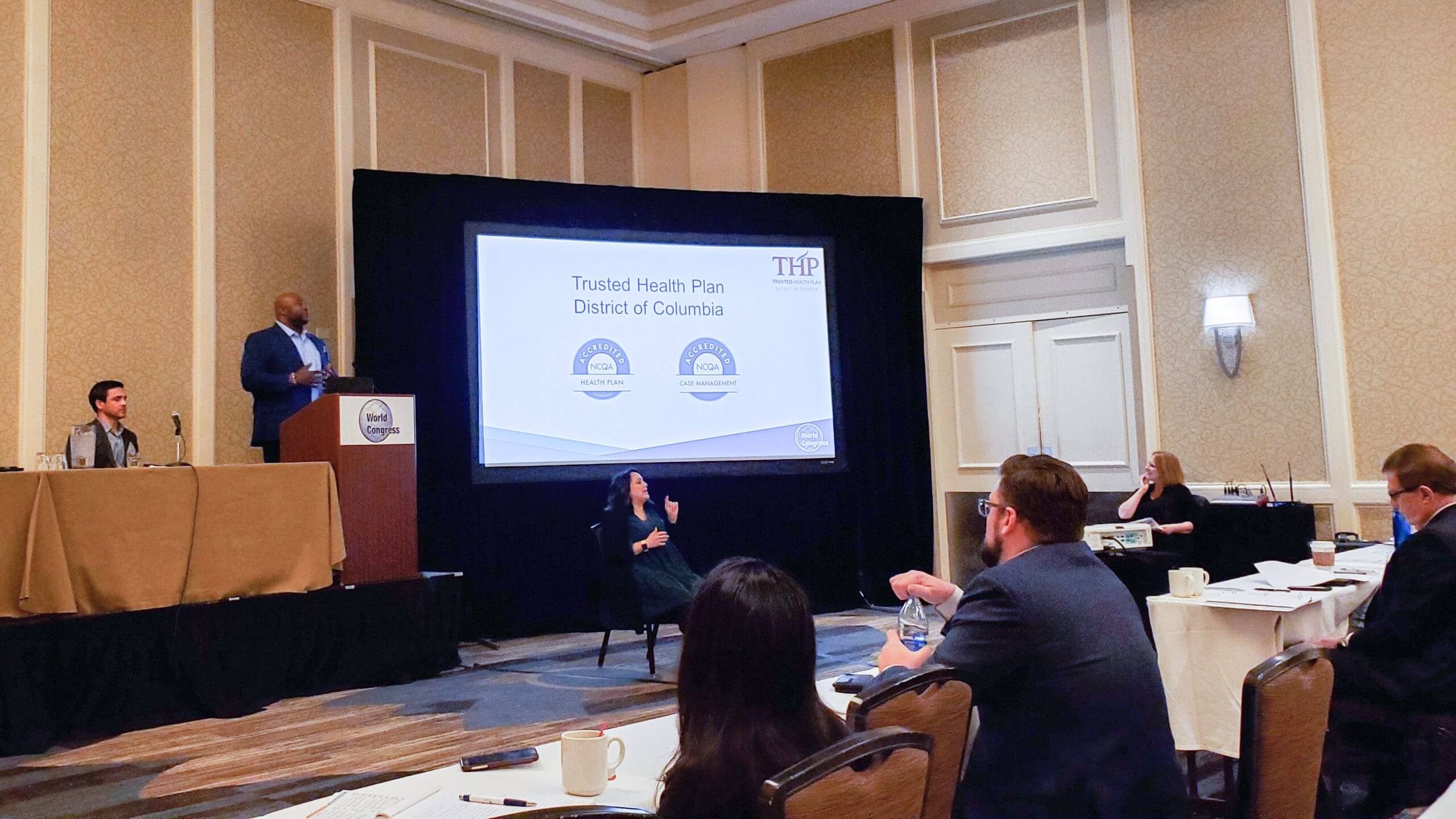Health plans are confronting the COVID-19 outbreak on a wide range of fronts. Member engagement and outreach has become crucial as people want to hear accurate information and access helpful resources from the organizations that manage their care. The rapidly changing nature of the crisis and the massive amount of questions and concerns that members have about it makes this a uniquely difficult communication challenge. As a partner to some of the best and largest plans in the country, mPulse Mobile has been helping our clients face that challenge, sending over 10 million messages about COVID-19 to Americans in the first week after the WHO declared it a pandemic. Three weeks in that figure has grown to over 20 million. As plans and providers grapple with how best to keep members informed while maintaining focus on delivering care and support to the members who most need it, we identified 5 key best practices to help our clients navigate COVID-19 outreach:
Focus on Efficiency
Getting accurate and timely information to your population is a top priority. As the crisis progresses, it becomes difficult to focus on building and maintaining outreach efforts, and “build-your-own” vendor tools can take deceptively long to deploy. Now is not the time to task an IT team with implementing and managing self-service tools or develop content for new channels for the first time. Work with a healthcare-focused partner with existing and ready-to-launch content to help you keep your members aware of resources you have available (e.g. telehealth, mail-order pharmacy, etc) and updates to shelter-in-place and social distancing guidance.
To help organizations launch and optimize programs quickly and confidently, we developed our COVID-19 Strategic Communications toolkit, which has details on our ready-to-launch programs and essential platform capabilities. Click here to learn more.
…But also, Be Strategic
As Covid-19 continues to evolve, it’s critical to plan outreach strategically. The urgency of the situation makes it tempting to send mass communication through emails, mailing, or broadcast phone or text outreach whenever there is new information. We have seen organizations find the most success when they work with us to plan content, channel mix, frequency, readability, and language. You want to be a consistent, trusted, and an easily accessible resource for members – that means being careful to not over-message or use channels with limited reach and engagement, or use content that is not optimized for your audience or outreach method. Strategically thinking about the way you deliver those messages will not only drive critical resources to members efficiently, it will also build a stronger long-term line of communication as conditions shift.
Help Your Staff Through Automation
Call centers are heavily impacted during this time. We have heard from clients that members are calling into nurse lines and member services centers with COVID-19-related questions at an extremely high rate. Help throttle inbound calls by leveraging the automated outreach that gets general information and self-service resources into members’ hands before they call. Proactively sending members links to telehealth options, online resources, and symptom checkers, (the CDC has one if you don’t yet https://www.cdc.gov/coronavirus/2019-ncov/symptoms-testing/testing.html) will help members with COVID-related questions without calling in for additional questions.
Be Ready for Members’ Responses
Because of its unmatched reach and read rates, using SMS is an obvious best practice in crisis situations. But the conversational nature of the text channel combined with the uncertainty and dynamism of this crisis means that you need to be prepared for members to reply back with questions or concerns. In the initial weeks of the pandemic, we have seen even 1-way text campaigns that do not solicit any response receiving high levels of replies from members. Generic autoresponders that ask members to call a number for help can cause member abrasion and more inbound calls at a time when you want to avoid them (see #3). At minimum, you should ensure that member responses to COVID-19 messaging receive relevant auto-responses.
mPulse has gone a step further and developed a Natural Language Understanding domain around COVID-19. This domain reads and automatically categorizes non-standard responses so that members get questions answered and concerns addressed. It dynamically updates as members reply to outreach, so programs will get better at understanding member replies over time.
Support your entire population
While broadcast messages out to your members are fast and easy, it’s crucial to ensure your strategy accounts for differences across your members to ensure ongoing outreach is relevant and effective going forward. Utilizing zip code segmentation allows for content to be tailored to members in specific areas, allowing for updates on specific facilities, services, or public health guidance. We have also seen plans using fotonovelas to reach multicultural segments of the population. They use comic-style graphics that help break down language barriers and can be utilized during COVID-19 to showcase best practices, resources, and updated information.
The COVID-19 crisis has placed tremendous pressure on the healthcare system, including how it communicates to the populations it cares for. With these practices, plans can get the right information out to the right people efficiently and effectively. For more help, email info@mpulse.com Review our COVID-19 Strategic Communications toolkit, where you can find details on multiple COVID-19 programs. Click here to access the toolkit.



